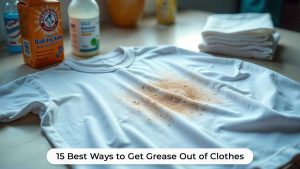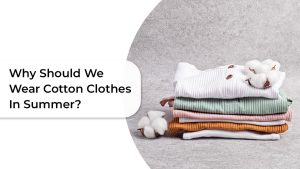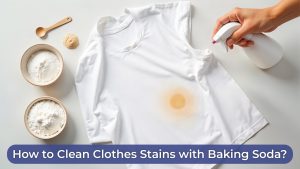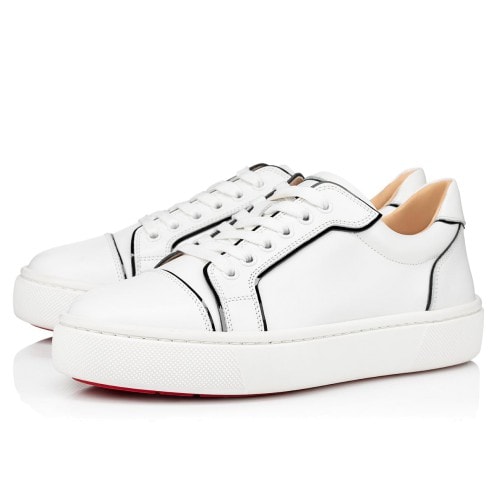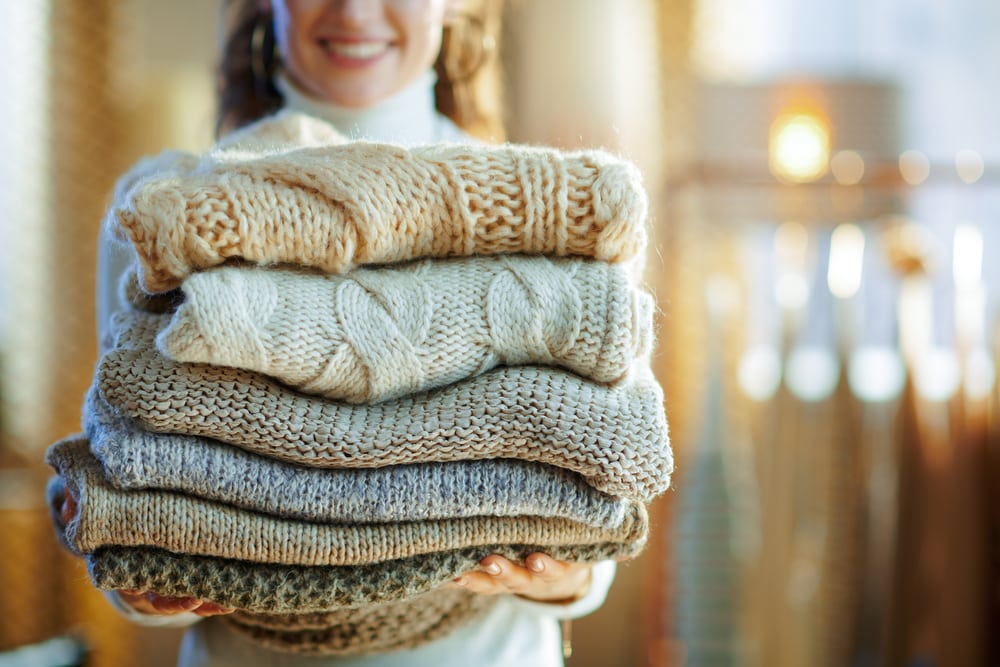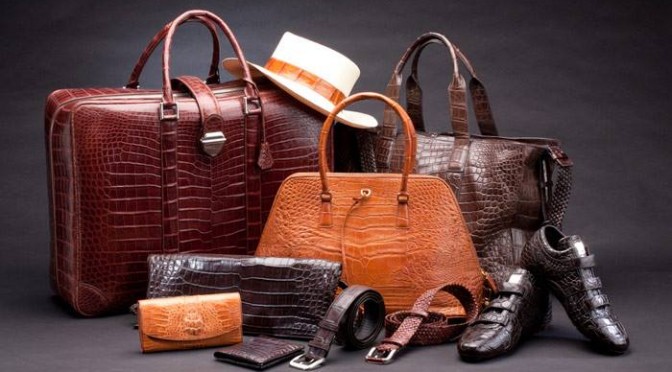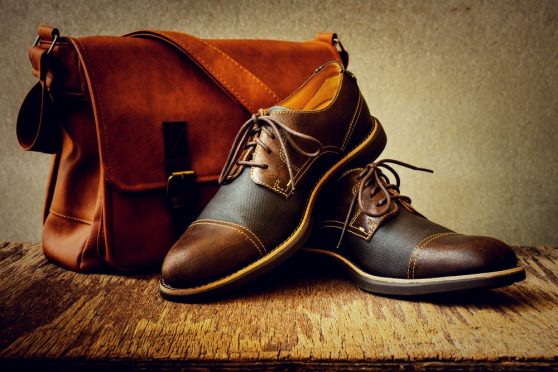You must have seen clothes scattered in your...
Read More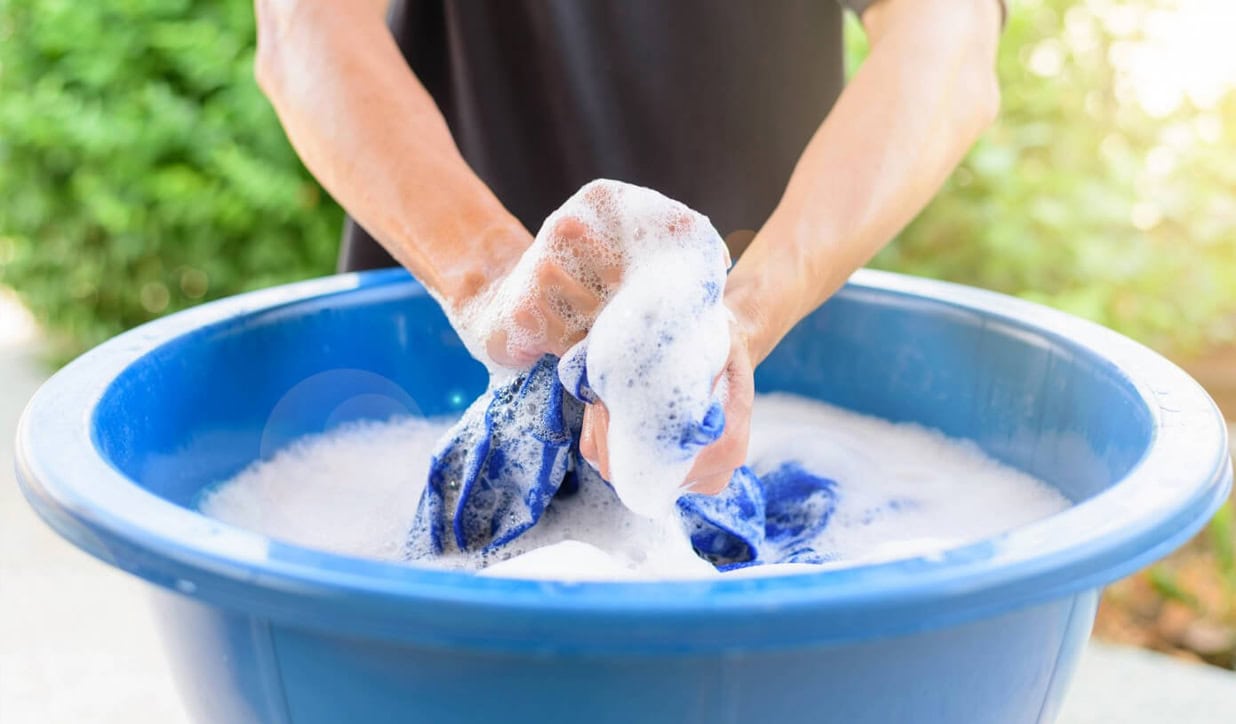
Table of Contents
Do you want to hand wash clothes at home but are clueless about how exactly it is done?
If yes, then this is the right place to be.
This article contains very detailed information on hand-washing clothes.
So, without any ado, let’s quickly get to the topic.
Can You Hand Wash All Types Of Clothes?
Hand washing is gentler on clothes in comparison to machine washing as it exerts less agitation. This is why, it is considered to be the safer and better option. But, is it safe for all types of clothes? Not, really.
Let’s see how to check it out:
Read the garment care label
If your clothes still have the garment care label, always work as per the instructions. Check what is the fabric, the ideal temperature, and other washing instructions.
If the garment care label says “hand wash only”, or “machine wash”, it is perfectly safe to hand wash such clothes. In case the label says “dry-clean” or “dry-clean only”, we do not recommend washing such clothes at home. However, there can be certain exceptions.
Carry out a test (When you don’t have the care label)
Put a few drops of water on a hidden area of the garment. Then, put a drop of liquid detergent. Mix it gently with your fingers in any motion. Now, blot it up using a microfiber towel.
If the colour remains intact, the garment is safe for hand washing.
Now, let’s see how to hand-wash clothes at home:
Step-by-step guide – How To Hand Wash Clothes
Step 1: Sort your clothes properly
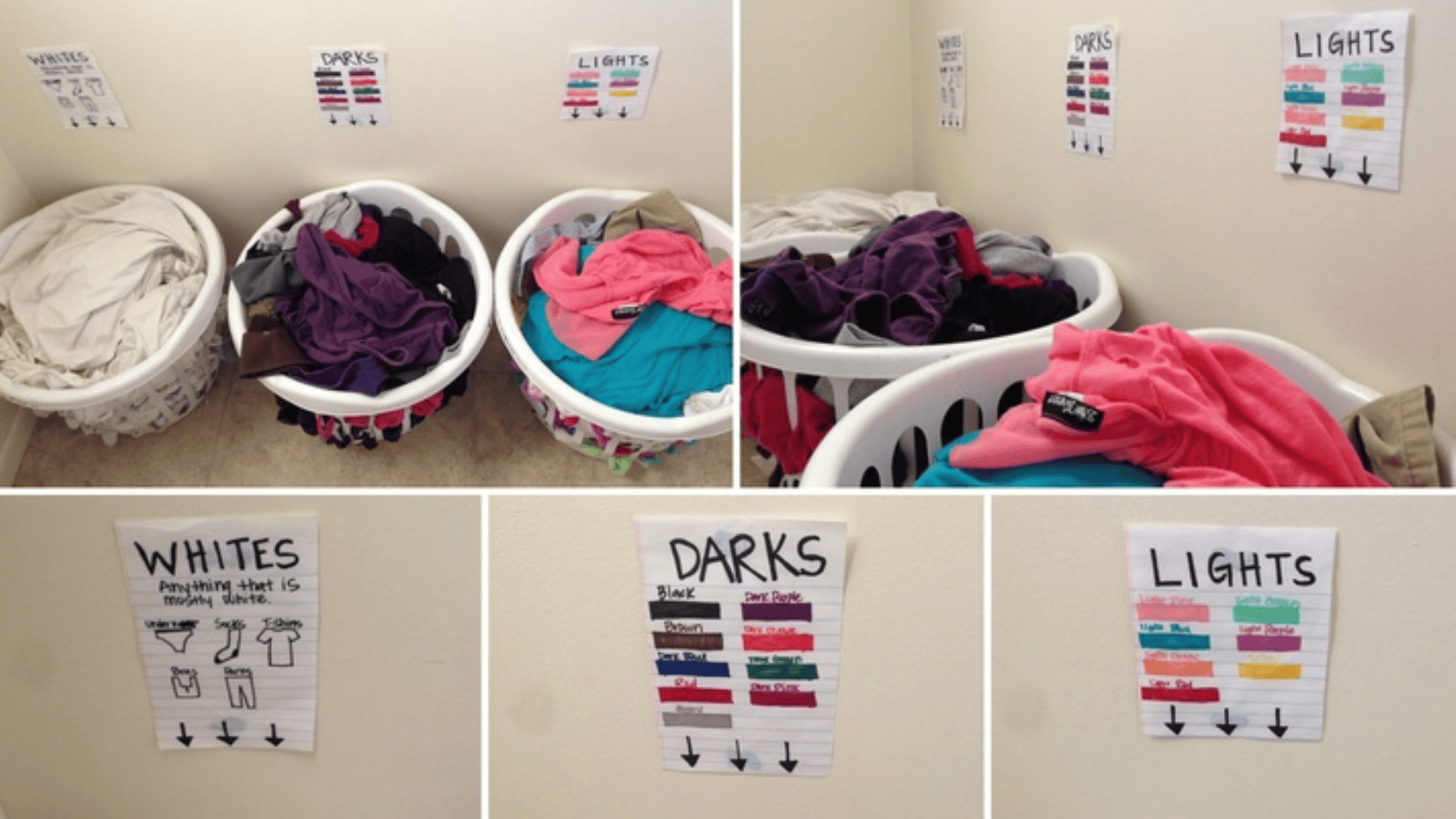
Colour bleeding is one of the most common and dreaded laundry mistakes. But it is very easy to avoid this disaster. You just have to sort your clothes before washing them.
This will also help in getting properly cleaned clothes.
Here’s how you should sort your clothes:
• Separate the whites and light-coloured clothes
It is important to make three different groups of dirty clothes on the basis of their colour. All the white clothes should be washed together. Then, all light colours such as pastels can be washed together. Lastly, all dark colours like black, magenta, red, etc. should be washed together. This will never let colour-bleeding stains occur.
• Separate heavy and light-weighted garments
Even though this point is more related to machine washing clothes. As light-weighted or short clothes may not get properly cleaned as they get overshadowed by heavy clothes.
But, it is always better to separate heavy clothes (towels, jeans, bedsheets, trousers, etc) from light-weighted clothes (tops, tee-shirts, blouses, etc) even while hand washing clothes.
It gets easier to wash clothes this way.
Don’t have time to remove stains?
You can try Tumbledry
• Separate heavy and light-weighted garments
Let’s suppose you have a kids’ playsuit full of playground mud, and a linen kurti that’s just dirty, without any stains. If you will wash them together. The mud (stain-causing element) may transfer to a comparatively cleaner linen kurti.
That’s why to save other dirty clothes from getting stains, you should never hand wash them altogether.
Step 2: Remove the stains

Some people may suggest removing stains during the wash process. But pre-treating stains gives better results.
Let’s understand it this way:
While washing clothes, your main cleaning agent is detergent. However, detergent is not always an effective stain remover. In some cases, it might work, otherwise, you will have to use commercial stain removers, or products like baking soda, vinegar, ammonia, bleach, etc.
When you use these products on a part of the garment and the stain vanishes, it is always suggested to wash the garment entirely to completely get rid of the residue.
In case the stain is not gone completely, but has lightened, detergent may remove it completely. So, again, you will have to rewash the garment.
Hence, to keep the entire process of stain removal and washing easier and more effective, we recommend removing the stain prior to washing.
How to remove stains?
The key is to choose the right stain remover depending on the type of fabric and stain.
You can try the following to remove stains effectively:
Always treat the stain ASAP. When left unattended for a long time, the stain can get deeply settled in the fabric, which makes it tough to remove.
- Take a clean white microfiber towel or cloth and blot the stain if it is still fresh/wet/sticky.
- In case, it is a nail polish or paint stain, scrape away the excess paint/polish using a blunt object like a butter knife.
- If there is excessive stain-causing material (such as curry, gravy, mud) still present on the garment, scrape away the excess product using a blunt object like a butter knife.
After this, the exact stain removal treatment will depend on the stain and fabric, we have separate stain removal guides on a lot of common stains.
If you have any of these stains, click on the stain to find its specific stain-removal guide.
In case, you have a different stain to deal with, you can check out our detailed guide to stain removers.
Do you know we promise 99% stain removal?
Step 3: Mix detergent in water

This is the simplest step. You just need the following:
- Bucket: It should be of at least 10 litres capacity. The key is to ensure there is enough space for the garments to rotate easily once they are submerged in water in your bucket. You can decide the size of the bucket accordingly.
- Water: Lukewarm water works best in getting dirt and dust out of clothes. However, if your garment care label suggests “no hot water”, you can use cool water as well. We do not recommend using extremely hot water as it may damage some fabrics.
- Detergent: There are lots of detergents available in the market. Your criteria should be choosing a mild, non-toxic detergent. They will not make your garment look dull even after repeated wash sessions.
Apart from this, detergent comes in various forms: Power, Liquid, Pods.
You can understand the Pros and Cons of all the forms of detergent and then choose one.
Here’s what you need to do:
- Fill more than half of the bucket with water.
- Mix 1 tablespoon of liquid or powder detergent in water. This quantity of detergent is enough to clean nearly 1 kg of laundry load.
- Stir the water in a circular motion with your hands until the detergent is dissolved in water and you see lather.
For woollen clothes, it is better to use wool-safe detergents like Ezee. You can check out how to wash woollen clothes.
If you want you can use some laundry additives like baking soda, vinegar, bleach, etc.
Click on the links below to know when and how they can be used:
Step 4: Swish and soak the clothes

- Turn the clothes inside out.
- Put a load of dirty clothes in the water. Make sure you are not overloading the bucket. There should be enough space for the garments to swish through.
- Let them soak in the detergent-mixed water for 20-30 minutes. It is better to soak heavy clothes such as jeans, trousers, corduroy shirts, etc. for 30 minutes. Delicate ones like cotton kurtas, tee-shirts, etc. can be soaked for less than 30 minutes
- As the detergent does its work, and removes the dirt from clothes, the water may turn darker and look dirty. Empty the bucket and refill it with clean water at this stage.
- Rub one garment at a time for 2-3 minutes. Be gentle on delicate clothes. Apply some force while washing jeans, trousers, and other heavy or thick clothes.
Step 5: Rinse your clothes

- Gently squeeze the garments (one garment at a time) to get rid of the soapy water.
- Fill clean water in a bucket.
- Put the garments in this water, and swish them around.
- Take them out and squeeze the water again.
- Repeat the previous three steps until you can no longer see suds in water.
Clear rinsing water means that your clothes don’t have detergent residue left inside.
Step 6: Dry your clothes

We recommend air-drying garments over using a clothes dryer machine. Here’s how you can air-dry clothes.
- Squeeze the garments. Again, be gentle on light-weighted clothes. But you will have to squeeze the jeans with force to get rid of extra water. Hence, apply some force on heavy clothes.
- Hang them on a clothesline or a clothes-drying rack.
- Leave them as it is until they are dry.
What you should take care of:
Air-drying clothes under the sun is great. If you have access to a clean, dust-free space where sun rays can reach your clothes, use that space as your drying area.
However, sunlight can fade out dark colours, so, either hang dark-coloured clothes in a shaded open area or leave them under direct sunlight only for 15-30 minutes.
To know more about drying clothes, quickly refer to – what’s the right way to dry clothes.
If you want your clothes to dry quickly, you can tumble-dry them. However, don’t use the dryer without checking the garment care label. And, it is better to run the dryer on low heat.
That was all about how to hand wash clothes.
Don’t like washing clothes every weekend?
Don’t worry, we’ll do it.
Key Takeaway
To hand wash clothes, you just 6 steps to follow:
- Sort your clothes on the basis of colour, weight and stains.
- Remove stains from clothes (if any).
- Mix an accurate amount of detergent with water after choosing the right detergent.
- Soak the garments for a certain period and rub them to remove dirt.
- Rinse them completely until the rinsing water is clear.
- Air-drying or tumble-drying garments as per your requirement.
In a nutshell, these are just 6 steps. However, there are various tiny things that you should know about every stage which are explained in the article.
We hope, after reading this, you will able to hand wash clothes at home with perfection. If you want more information about washing and dry cleaning clothes, keep visiting Tumbledry. We post a lot on these topics.
Disclaimer: The opinions expressed in this article are those of the author. They do not necessarily purport to reflect the values or views of Tumbledry.
How to Get Grass Stains Out of Shoes?
Grass stains on shoes are a common yet...
Read More15 Best Ways to Get Grease Out of
In this blog, we will be covering the...
Read MoreWhy Should We Wear Cotton Clothes In Summer
Whether you're a casual sipper or a coffee...
Read MoreTumbledry or Line Dry – Which is the
Tumbledry or Line Dry? If you can't figure...
Read MoreHow to Remove Shoe Odor? Freshen Up Your
If your shoes smell bad, it means that...
Read MoreHow to Clean Clothes Stains with Baking Soda?
It is very common to have food stains...
Read MoreWash Care Symbols: Decoding Guide To Washing Your
Making your clothes shiny needs proper washing and...
Read MoreHow To Remove Coffee Stains From Clothes?
Whether you're a casual sipper or a coffee...
Read MoreHow To Wash Towels At Home?
Towels have always been an important part of...
Read More


